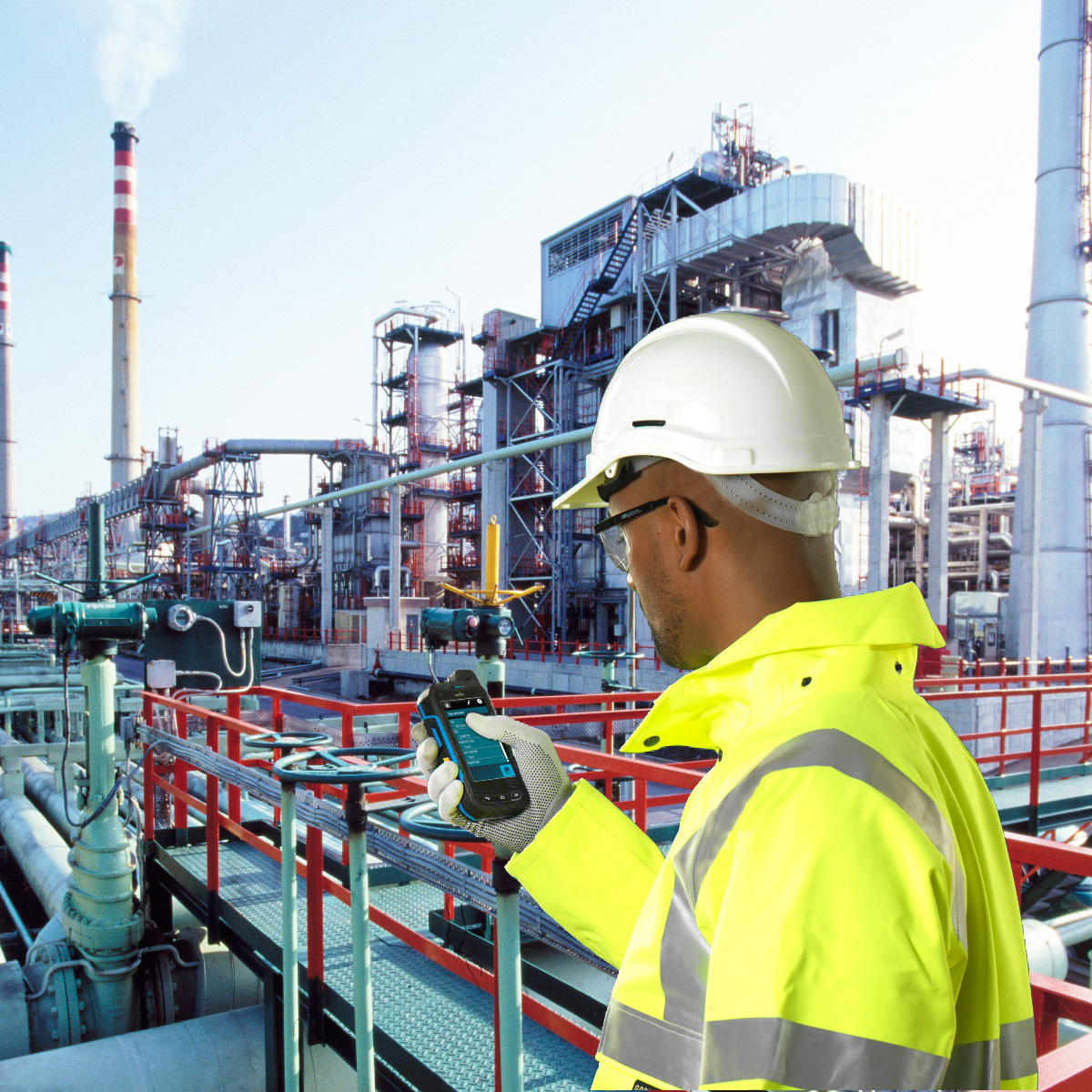Hazardous Area Classification
Hazardous Area Classification is important in preventing explosions caused by flammable substances such as gases, vapours, mists, and dust. It involves assessing and categorizing plant areas based on their potential for hazardous conditions and identifying and controlling potential ignition sources.
The first step is to determine sources of flammable gas or vapour release during normal or unplanned operations. The classification of these areas helps determine the appropriate zone type and equipment, while the remaining areas are classified as non-hazardous or “safe areas” in line with industry standards like API 505 or EI 15.
HSE philosophies serve as a comprehensive document that guides the project in implementing effective safety, health, and environmental initiatives. These initiatives are essential in protecting the well-being of personnel and minimizing potential environmental impact. The document outlines specific programs and activities that need to be implemented throughout the project timeline.
Preventing Explosions
Hazardous Area Classification plays a pivotal role in explosion prevention. By identifying areas where flammable substances may be present, proper controls and precautions can be implemented to minimize the risk of ignition and subsequent explosions. This technique aims to ensure the safety of personnel and protect the integrity of equipment and facilities.
Categorizing Hazardous Areas
The classification process involves systematically categorizing plant areas based on the likelihood of flammable substances being present and the potential for ignition. This categorization aids in selecting the appropriate zone type and ensures the use of suitable equipment and protective measures. Areas identified as non-hazardous or “safe areas” have lower risk levels and require different considerations in terms of safety measures.
Compliance with Standards
Industrial standards, such as API 505 or EI 15, provide guidelines for performing hazardous area classification. These standards help ensure consistency in the classification process and facilitate the selection and implementation of appropriate control measures. Compliance with these standards is essential to maintaining safe working environments and preventing accidents.
